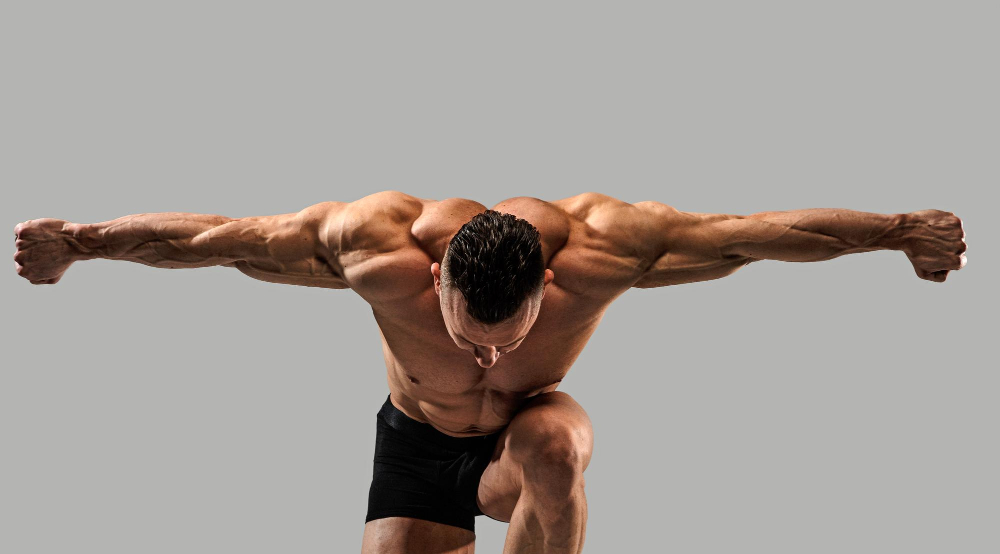Breast augmentation is still one of the most popular surgical procedures in Australia and the world. Thousands of women enhance their breasts every year with the help of qualified and experienced plastic surgeons.
There is also a lot less stigma surrounding plastic surgery. More and more people, including celebrities, are opening up about cosmetic procedures. Despite the popularity of plastic surgery, there are still a number of misconceptions doing the rounds.
The first breast augmentation procedure was performed in the early 1960s. Since then, techniques and implant technology has evolved, ensuring safer procedures and better results. Even though evolution is evident, breast augmentation surgery still seems to get a bad rap.
Understanding and acknowledging the risks associated with breast augmentation is important. However, potential patients also deserve to be able to distinguish between factual and false information.
What are the True Breast Augmentation Misconceptions?
Breast Implants Feel Fake
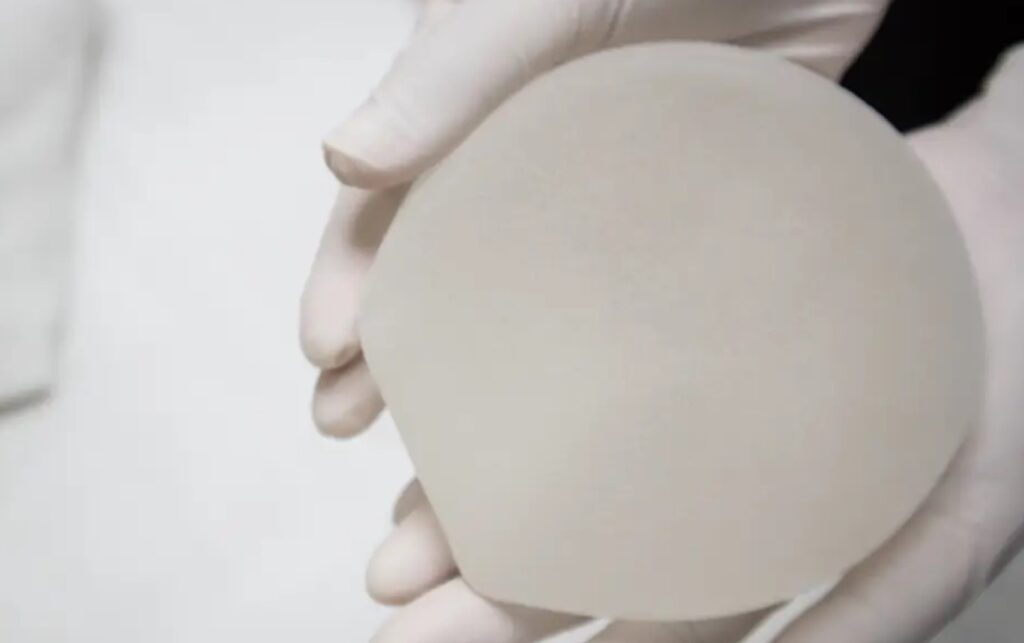
This is a misconception that surgeons often need to debunk. A number of blogs and websites indicate that breast implants feel firm to the touch and don’t feel like real breast tissue. This misconception started way back when celebrities were inserting implants that were far too large for their body shape and size. The reality is that breast implants are made to replicate natural breasts, both in look and feel. Gel implants are a prime example of the type of implant that is used to create natural results that mimic real breasts. What’s more, gel technology is safer because it doesn’t leak into the breast pocket should the implant rupture.
Implants Increase Your Risk of Developing Breast Cancer

There is no concrete evidence or proven research that indicates this is true. There is a 1 in 8 chance that a woman will develop breast cancer in her lifetime and this has nothing to do with whether she has implants or not. With or without implants, women should still go for regular mammograms and know how to perform checks at home. There has also been a lot of talk about the link between textured breast implants and ALCL, which is a form of blood cancer. Again, there is no evidence that confirms this link.
A Second Breast Surgery is Required after 10 Years
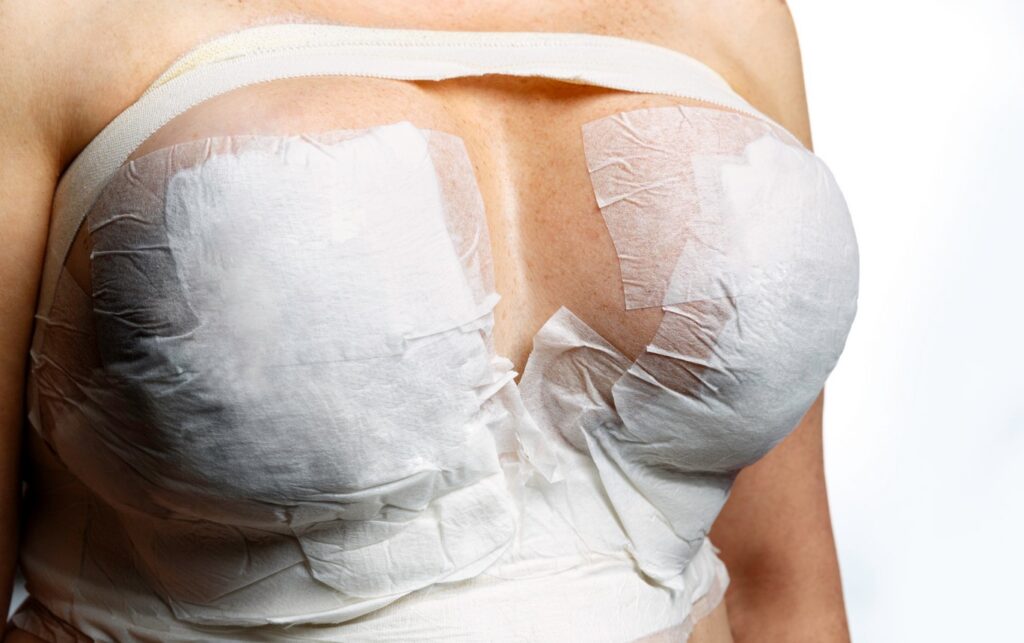
Most older implants would only last 10 years, which is when a second surgery would be required. However, today’s implants are designed to last much longer. In fact, it’s usually a patient’s lifestyle and certain events that lead to a second surgery, pregnancy and significant weight gain are two examples of this. According to one of the best Australian female breast surgeons, Dr Anh, there are certain instances when a woman would require a second surgery before the 10-year mark. The first is if she was unhappy with the size of her breasts and wanted to go larger or smaller. The second would be if a complication such as rupture or capsular contracture occurred. If your breast implants are still in good condition after 10 years, there is no need to remove or replace them. Be sure to schedule regular check-ups with your doctor to evaluate the health of your implants.
Implants Can Pop Upon Impact
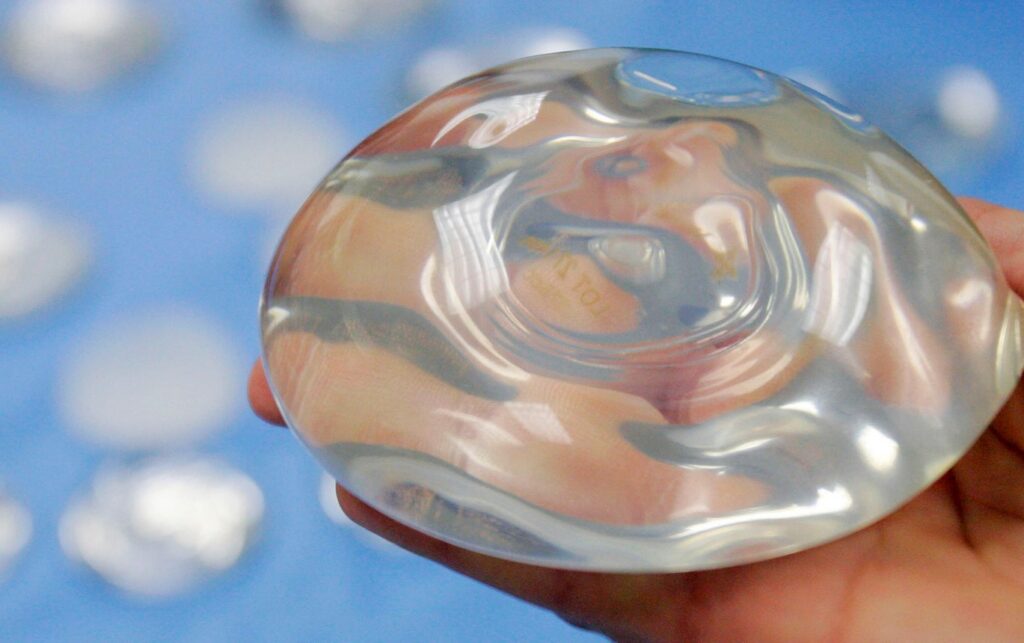
There is always a chance that a breast implant can rupture. The fact that some people think an implant pops, is probably because they’ve had experience with or have seen what happens when a saline implant ruptures. Saline implants rapidly deflate if they rupture because they’re filled with saltwater instead of gel. This could create the impression that an implant is capable of popping. When a silicone implant ruptures, the deflation is very gradual. In the case of a gel implant, it can take some time before you notice a rupture at all because the gel is cohesive. This is why regular scans are important if you have silicone or gel implants. Many of today’s implants also have a very low rate of rupture, so this shouldn’t be a major cause for concern if you’re considering surgery. You can speak to your surgeon about your implant options and how to identify a rupture if you are feeling worried.
Breast Implants Can Affect Breastfeeding
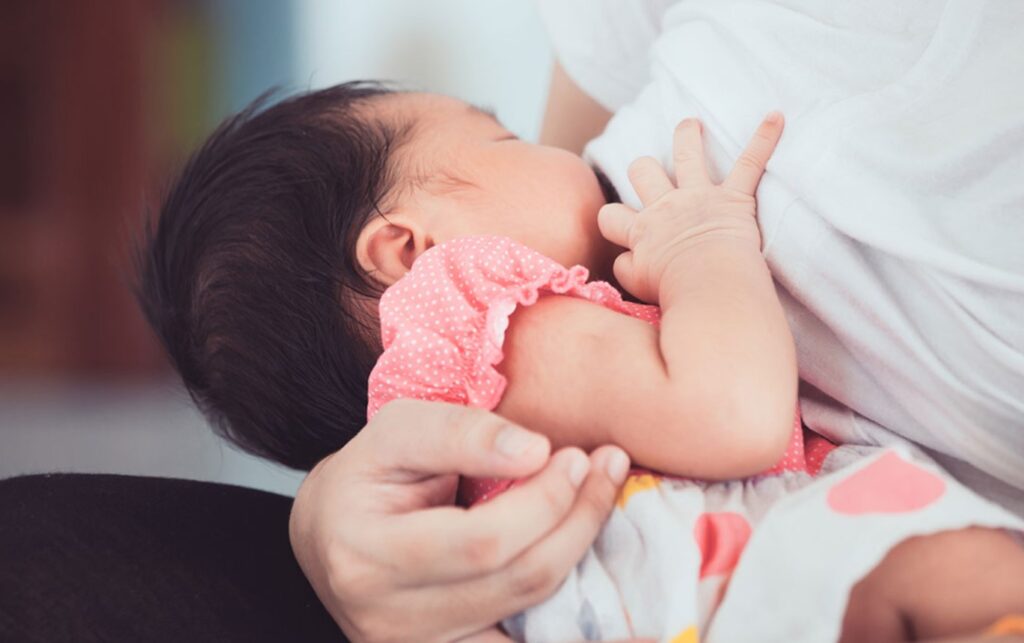
Many women believe that breast implants will impact their ability to breastfeed, but this isn’t the case. Where an implant is placed and the incision that is used will determine the impact on your ability to breastfeed. With this being said, there really is no way to know for sure whether an implant will prevent you from breastfeeding. Many women are unable to breastfeed with or without surgery. If you’re planning to have children after your augmentation surgery, speak to your surgeon about the incision and placement options that are available to you.
The Importance of the Right Surgeon
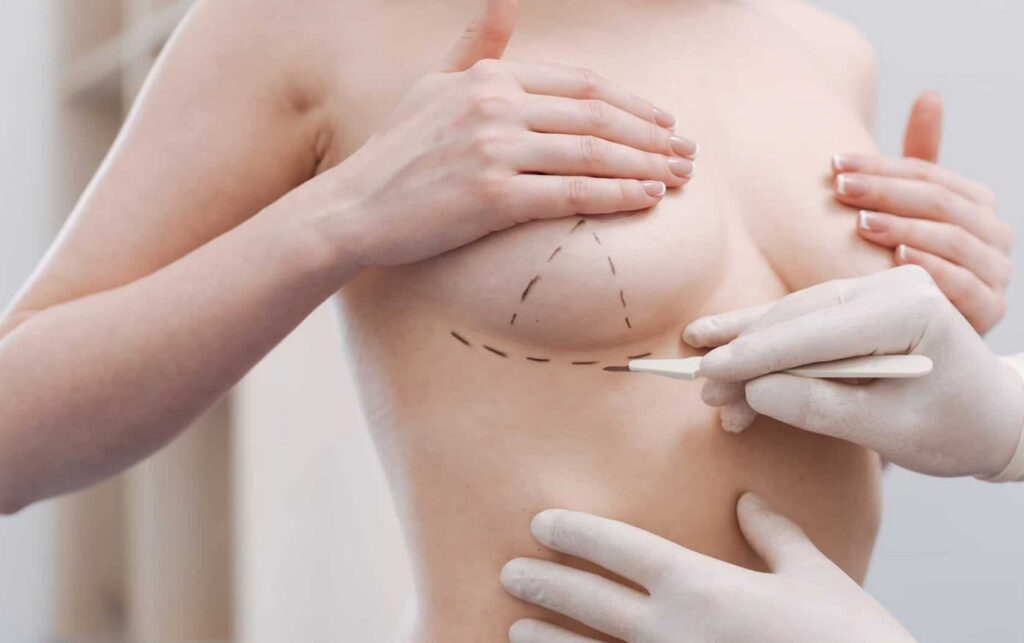
As with any type of surgery, there are risks involved, many of which can be mitigated with the help of the right surgeon.
No two plastic surgeons are the same and it’s important to find the right match for you if you want a positive experience and great results. Reviewing a surgeon’s qualifications and experience is only the first step. If you want to feel even more confident in your decision, read through reviews from past patients and browse through any before and after photos that are available. This will tell you a lot about what you can expect and help you determine whether a surgeon’s style is what you’re looking for.
You should also feel comfortable with your surgeon during your consultation. If not, it’s best to continue your search.
With so much information available on the internet, it can be difficult to determine what’s true or not. If you still have further questions about breast augmentation because of contradicting information, schedule a consultation with a qualified surgeon.
Any surgeon who can’t answer all of your questions or is trying too hard to convince you to go ahead with surgery is probably not the right fit for you – continue your search until you find the right plastic surgeon.



